#226 Photo-Synthesis (autotrophic mode of nutrition of Plants derived from oxygenic-photosynthesis) represnts the synthesis of organic compounds from water (H2O), carbon dioxide (CO2), using energy form the Sun, via pigment termed chlorophyll in chloroplasts
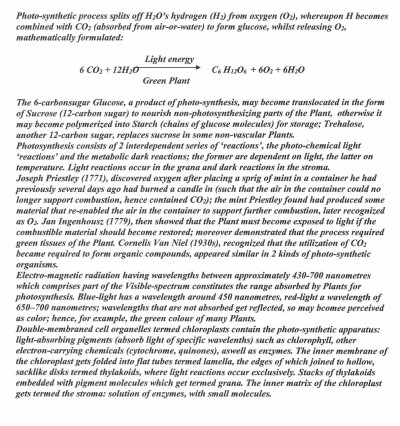
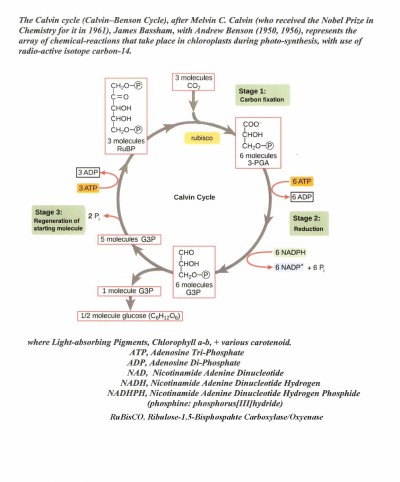
#227 Kreb's (Citric, Tri-carboxylic [TCA] Acid) Cycle, after Hans Adolf Kreb (1937): involves the breakdown of carbohydrates in tissue respiration for energy
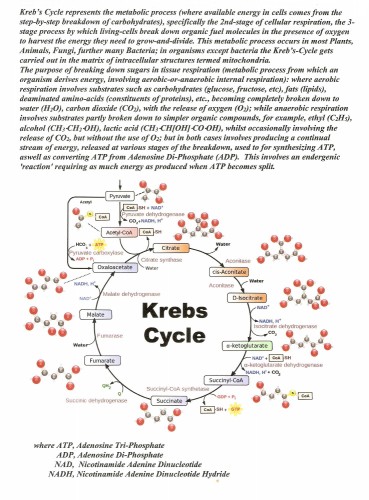
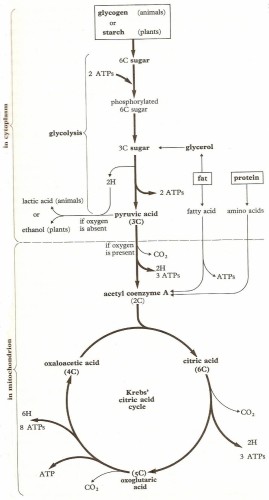
#228 Transpiration in Land Plants: loss of water-vapor, combining with Evaporation
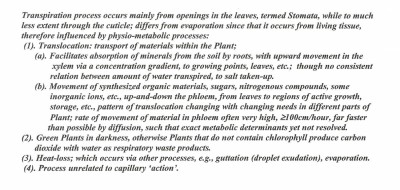
#229 Newlands Octave Law (Chemistry), after John Alexander Reina Newlands (1864):

#230 Evaporation (vaporization) multi-ordinal meanings: conversion of a material from the liquid-or-solid phase into gaseous (vapor) phase
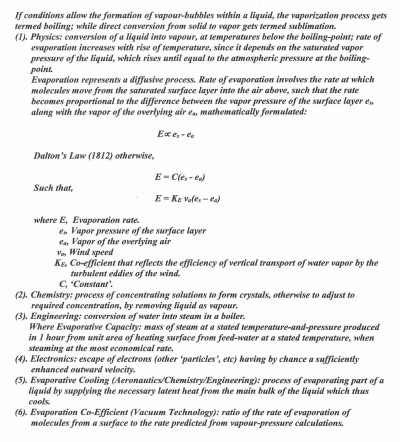
#231 Capillarity: phenomenon related to surface tension, which accounts for the elevation-or-depression of liquids that occurs in fine-bore tubes (capillary tubes), channels, fibres of a towel (irrespective of towel orientation), etc
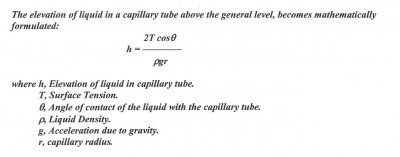
#232 Capillary Pressure: pressure developed by capillarity

#233 Capillary Condensation: theory that absorbed vapors can condense under the influence of capillary forces to form liquid inside of the adsorbate
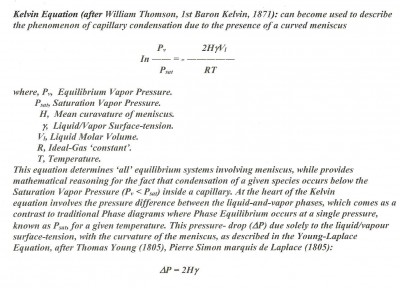
#224 Definite ('Constant') Proportions Law (Chemistry), after Joseph Proust (1799): states that "In a chemical compound the elements are always present in a definite proportion by mass".
#225 Equivalent (Reciprocal) Proportions Law (Chemistry), after Jeremias Richter (1791): proportions in which 2 'elements' separately combine with similar weight of a 3rd 'element', represent the proportions that the 1st 2 'elements' combine together.
#226 Multiple-Proportions Law (Chemistry), after John Dalton (1803); when 2 'element's combine to form more than one compound, the amounts of 1 of these combine with a fixed amount of the other, exhibit a single multiple relation.
#227 Guldberg-Waage (Mass-Action) Law, after Cato M. Guldberg, with Peter Waage (1864-79); atates the rate (velocity), of any simple chemical-reaction becomes proportional to the product of the concentration of the 'reacting' materials
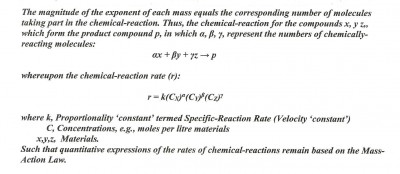
| 










